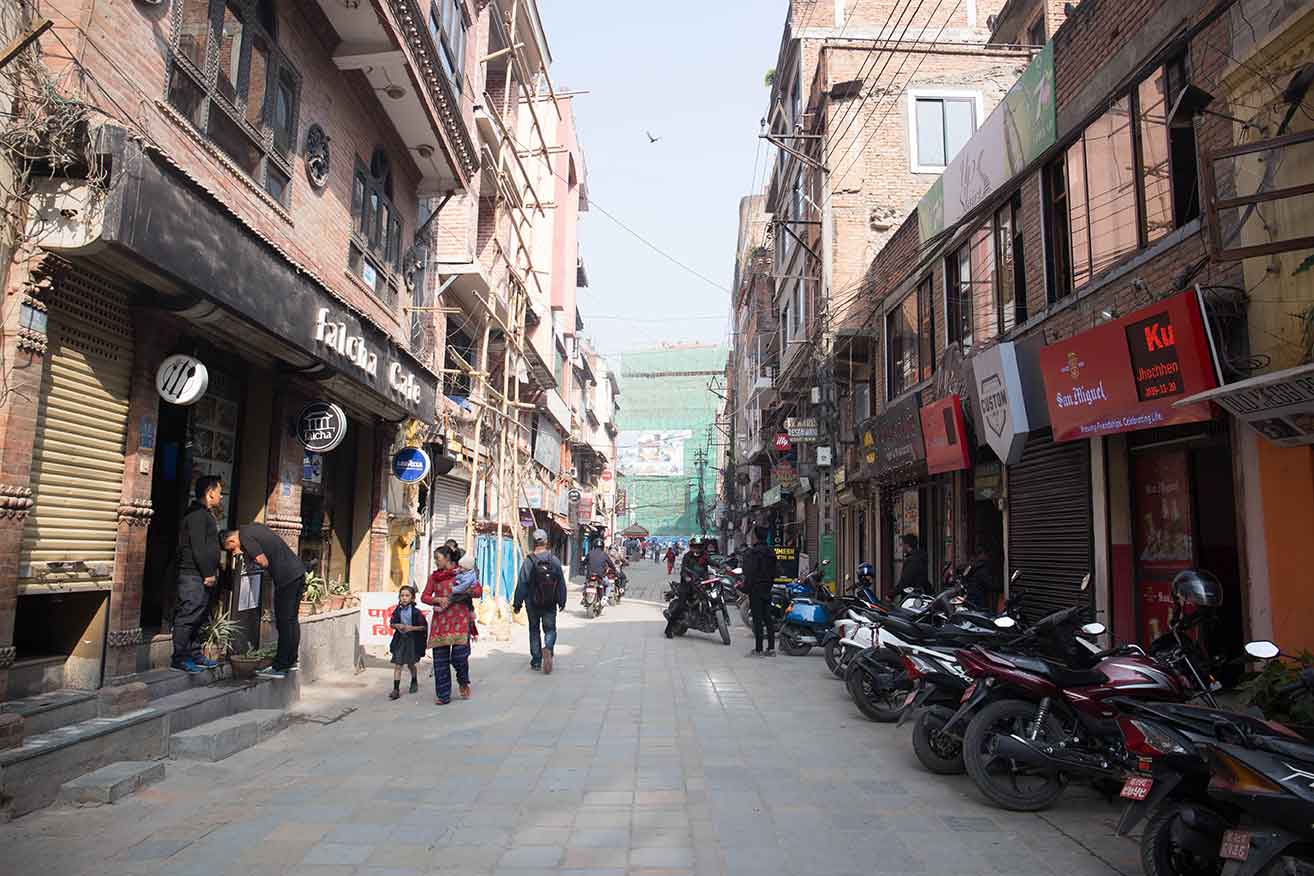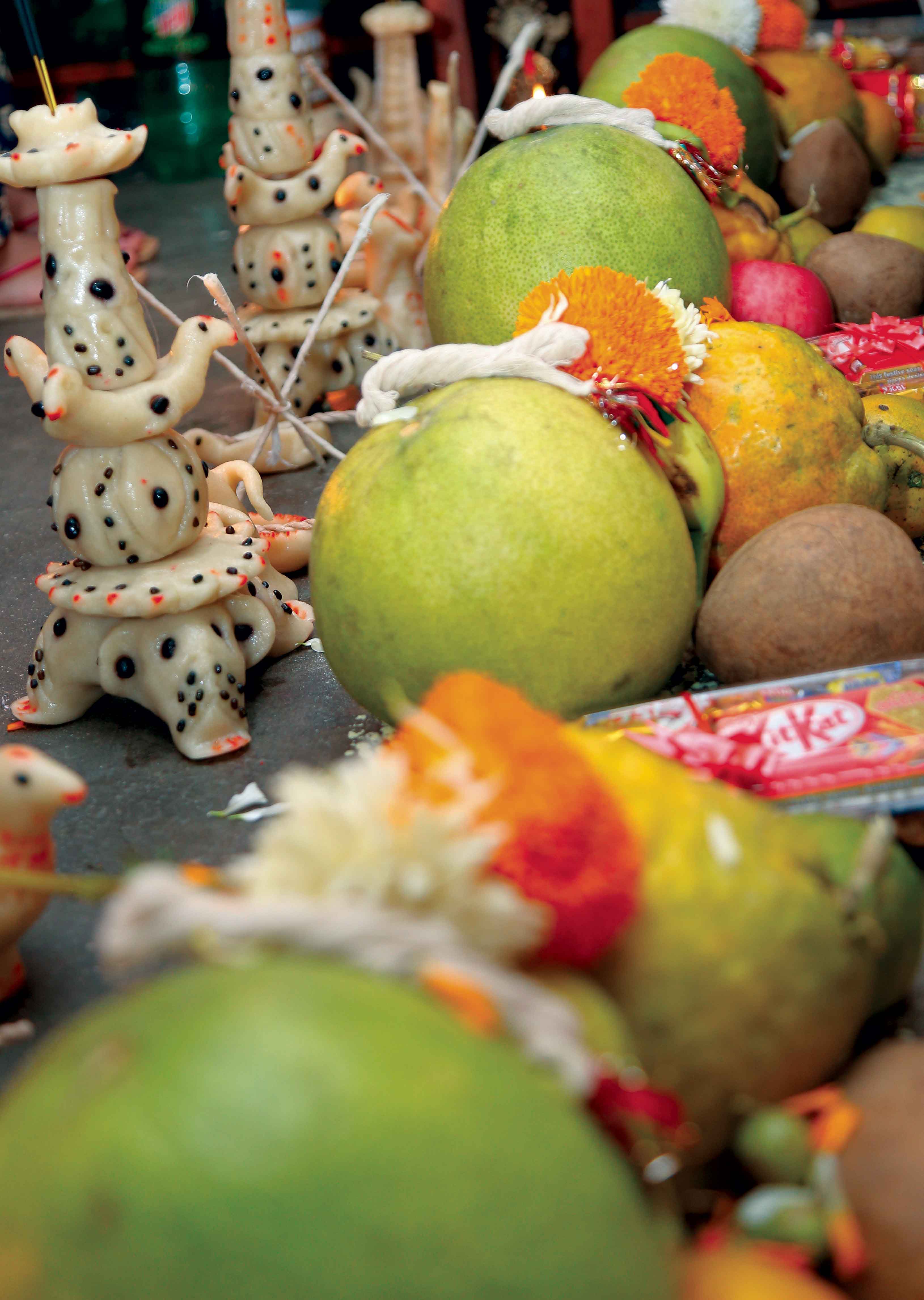A year after the devastating April/May earthquakes, the people in Sindhupalchok brave on to restore their livelihoods amidst remnants of the past, uncertainties of the future, and the irregularly frequent aftershocks.
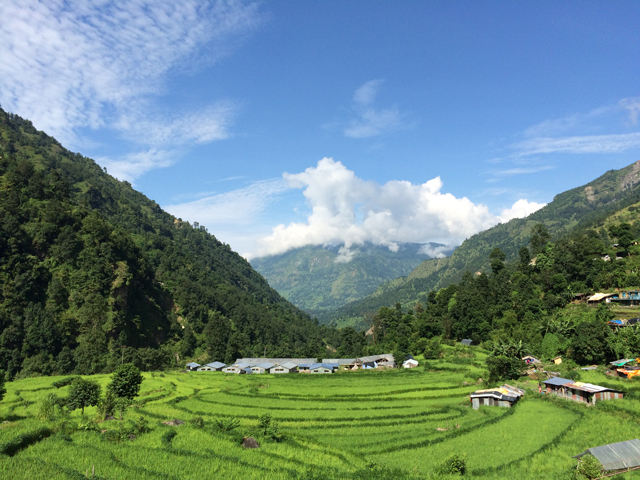
The road to Kodari from Kathmandu is evidence of the devastation inflicted by the April/May earthquakes last year. From fallen houses to endless rows of crooked, temporary shelters and landslide affected roads, everything one sees is a reminder of the disaster some of us survived, and others who didn’t. And, yet, when you are in the small town of Barhabise, Sindhupalchok, sunbathing in the banks of Sunkoshi, gazing at the blue sky, listening to the low gurgling of the river and the rustling of the leaves as the summer breeze swishes past the trees; lost in the scenic beauty the place has to offer, it is difficult to focus on the infamous earthquakes. For those who live here, focusing on the earthquakes is not an option at all.
******
A two-hour bus ride on the bumpy, winding, narrow road from Barhabise to Chokati village brings you to Laatu. Each turn on the twisted road opens up to breathtaking views of high hills; often scarred by landslides, with open blue sky as the backdrop. You pass through villages that, despite infrastructural ruins, manage to look serenely beautiful. Little children try to chase down the rickety buses, while the shy ones resort to wave a ‘hello’ or a ‘bye’. It is inspiring to see the strength with which the people have braved on, in spite of the devastation. Laatu is one of those inspiring stories that should wind up all Nepalis. It’s not a very big village—just 130 households. Everyone knows everyone here; each one aware of another’s hardships, stories, and secrets. When the earthquake hit, Laatu came rumbling down, but the devastation couldn’t keep their spirits down for long. In the days following the initial devastation, a local women’s savings group, ‘Mahila Milan Samuha’ (a group of 31 women) invested their savings to purchase basic food necessities to sustain the village until more help arrived. The savings group, an idea sowed in 2007 by a local NGO named Integrated Self-help Association for Rural Development (ISARD), started with a saving of Rs. 10 per month. Today, the same group has made each woman in this group Rs. 12,000 richer. An even more amazing story is how the group itself has a collective fund of Rs. 135,250 in their account.
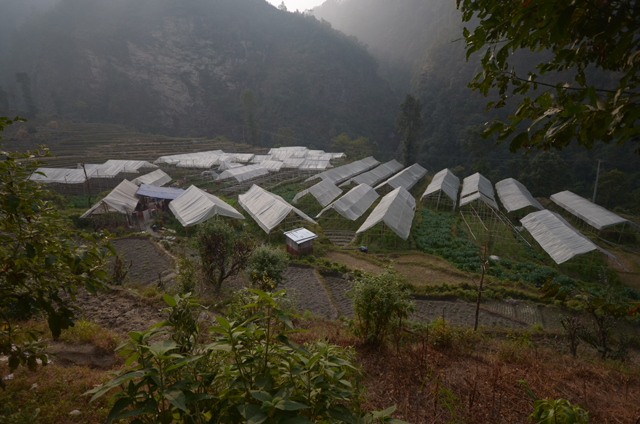
Back in July last year, soon after the earthquakes, ISARD provided the group with cardamom saplings. “We received land for black cardamom farming in Kabaleti forest, which comes under Fokate Sundhara community forest. We toiled really hard to make that land cultivable,” shares Gita Nepal, one of the group members. The group managed to grow 63 kg of black cardamom this past season. Under the same program, ISARD renovated the drying kiln in Lattu that had been damaged in the earthquake for a mere Rs. 35,000. The black cardamoms were dried and sold for Rs. 2,100 per kg, allowing the entire group to earn a total sum of Rs. 135,250. It is important to note here that dried black cardamoms sell for twice the price than raw black cardamoms. Without the repair of drying kilns, the community would have only made around Rs. 60,000 in total. Only, Gita Nepal tells that the earning could have been a lot more. “We could have received better rates for the black cardamom had we had direct access to the market,” she speaks on behalf of the group. The group had no room to bargain the rates with the local buyer, either, given that they didn’t have a proper place to store the cardamoms for too long. “The earthquake destroyed all the houses. We don’t have proper shelters for ourselves, how were we to find better store houses for our produce?” Gita Nepal asks.
The group plans to invest the fund in loan, or a new business opportunity. At the moment, the group is already working its way towards a new venture—black cardamom nursery. Mahila Milan Samuha is a very ambitious group. They have a target to reach a saving of Rs. 100,000 per member. Basanti Thami, the president of the group, smiles in embarrassment as she reveals, “We don’t know when that target will be achieved. Each member hardly manages to make a saving of Rs. 35 every month!” The aimed figure is definitely not easy to reach. To some, the amount might even seem far-fetched. But if this group, which started with a meagre saving of Rs. 10 per member, can together make an earning of Rs. 135,250 in one season of black cardamom cultivation, then their target isn’t impossible after all. Five years down the line, provided that the group works with as much diligence, unity, and belief, it won’t be a surprise if they prove to be as prosperous and capable as they have envisioned.
******

In Salleni, Chokati-7, Sanjay Shrestha was among the 16 families in the area who lost their home in the May 7 aftershock. After months of living in fear, this loving husband of Laxmi, and a doting father to two sons, decided it was time to move on. While he is yet to build a proper house for his family, he has a sturdy temporary shelter made of wooden planks and CGI sheets. In August, last year, he received a plastic sheet for tunnel farming, and agricultural inputs such as seeds and agricultural tools, from ISARD. For someone who had been working as a wage laborer in Sunkoshi, this was the first time he was getting involved in commercial farming. “The officials at ISARD had offered training on commercial vegetable farming to interested participants that I attended,” he says. Today, he has a single tunnel, which is largely occupied by tomato plants. An ecstatic Sanjay beams with joy as he narrates, "All the tomatoes sell within the village. The villagers don't even wait for the tomatoes to ripen." The tomatoes sold for Rs. 50 per kg during off-season, which earned him Rs. 2,500 on average every month till February. Since, his wife runs a small store in the village, and he too runs a grinding mill, the two make enough money to cover their daily expenses. His tunnel farm grows enough vegetables for their own kitchen. Hence, the couple has started saving all the money earned from the tunnel in a 'khutruki' (piggy bank). When asked about his plans to break it open, he boldly said, "When it is full." "And, it is almost full," Laxmi chimed in.
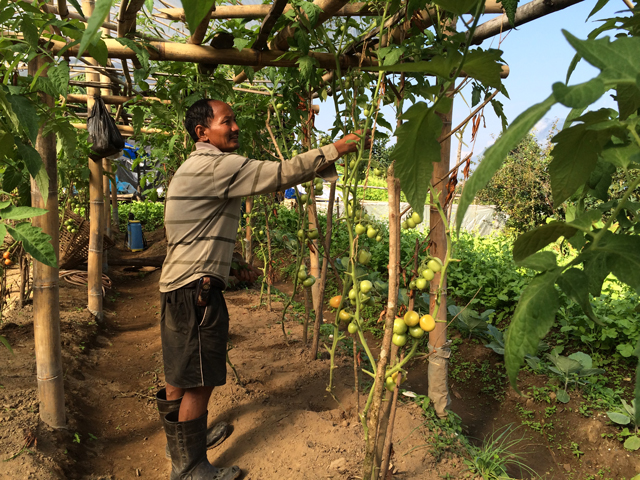
A year after the massive earthquakes, the people in Sindhupalchok are moving past the destruction they caused, and are now headed beyond restoration and recovery. Sindhupalchok is mobilizing for socio-economic development. Sindhupalchok is changing; one village, one story at a time.
More at http://isard.org.np/






